The dishwasher doesn't wash the dishes - we fix it ourselves
 Many dishwasher users encounter a strange problem: the machine seems to be working, the washing program is running, but it either does not wash the dishes at all, or washes them completely unsatisfactorily. It would be easier if the machine generated some kind of system error, but it turns out that the dishwasher “does not know” about the breakdown and continues to work. In this case, the user’s task is to figure out the reason for this behavior of the equipment and find a solution to the problem - this is what we will do, and we will describe the result in the article.
Many dishwasher users encounter a strange problem: the machine seems to be working, the washing program is running, but it either does not wash the dishes at all, or washes them completely unsatisfactorily. It would be easier if the machine generated some kind of system error, but it turns out that the dishwasher “does not know” about the breakdown and continues to work. In this case, the user’s task is to figure out the reason for this behavior of the equipment and find a solution to the problem - this is what we will do, and we will describe the result in the article.
Let's understand the symptoms and causes of failure
It is quite difficult to draw a line between symptoms when The dishwasher doesn't wash dishes well or stopped washing it altogether. We will consider them together, since the nature of such errors is often the same. What happens in this situation with the dishwasher?
- The washing program starts, runs and ends, and at the end the dishes not only remain dirty, they are almost never wet.
- After completing the program, the dishes are wet and completely dirty.
- The dishwasher operates in a specific mode, but the dishes are not washed satisfactorily.
Important! If the above symptoms appear repeatedly, you should definitely observe how the dishwasher executes the washing program and note any oddities.
In this case, the main negative factor will be that the dishes remain dirty. But you need to understand that time is wasted, electricity, water, and your nerves, in the end.As a result, it turns out that this breakdown is even worse than if the dishwasher simply did not turn on - there are more harmful consequences. So, what causes the above symptoms?
- These or other user errors, we will talk about them a little later.
- Various problems associated with water supply.
- Impossibility of normal water circulation inside the dishwasher.
- Difficulty collecting dishwashing detergent.
- Damage to the heating element if the machine does not have a temperature sensor.
- Breakage of the spray rocker (impeller).
The reason lies in user error
As experts from leading service centers in the world note, the main reasons that a dishwasher does not wash dishes are various user errors that they make while using the dishwasher. The most common errors are as follows.
- The dishwasher is not cleaned on time, or the user does not clean it at all.
- The user places dishes in baskets incorrectly.
- The user pours detergent into the wrong compartment of the cuvette or uses inappropriate detergents.
Much has been said on the pages of our website about the need to periodically clean the dishwasher, but users stubbornly do not do this. Cleaning must be carried out at least 2-3 times a year, and if the machine is used intensively, once every 3 months.
For your information! The dishwasher is cleaned not only using chemicals, but also manually, if cleaning only one way will be of little use.
To know, how to clean a dishwasher can be found in the operating instructions for your dishwasher or in the article of the same name on our website. In addition to cleaning, it is important to place dishes in baskets correctly.Experts note the following mistakes people make when placing dishes in the dishwasher:
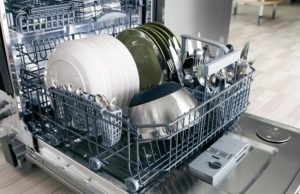
- the dishes are not placed correctly in the basket;
- put large items in the upper basket, and small ones in the lower one;
- place individual items at the bottom of the dishwasher tank, next to the rocker arm;
- Place the dishes so that they touch the detergent dispenser.
Each of these errors leads, at a minimum, to poor quality of dishwashing, and at most to a breakdown of the moving element or valve of the detergent cuvette. It is also a serious mistake to use unacceptable means. Some people, in an effort to save money, pour all sorts of rubbish into the machine, thinking that it will help wash the dishes. In our opinion, the use of homemade powders and rinses is acceptable, but they must be prepared in accordance with proven recipes and safe chemicals must be used.
In particular, it is unacceptable to use mustard powder instead of detergent. After the first wash, the nozzles of the rotating rocker will become clogged with mustard and dry out. After this, if they are not cleaned, the next dishwashing will be more than unsuccessful.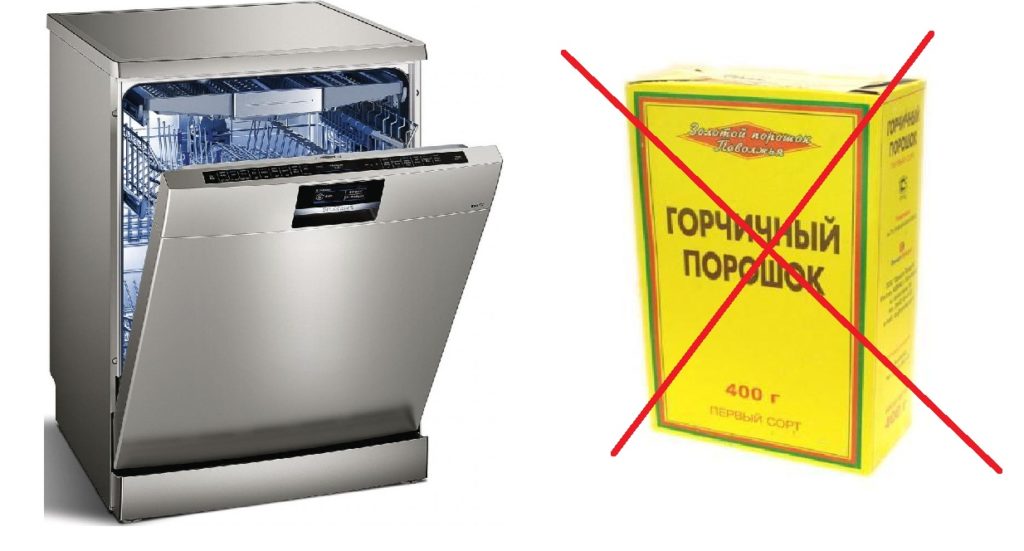
Problems with water filling
Another reason why your dishwasher won't clean dishes is a problem with the fill valve. Everything is simple here; washing is impossible without water. But why does the machine continue to execute the program if it has not taken in water, why does the error not trigger and the washing does not stop? The fact is that on some dishwasher models, water level sensors do not work correctly, or the connection between the control unit and the sensor is broken. As a result, the machine washes dishes without water.
Important! If the machine operates without water, this is fraught with consequences for the heating element, because it can simply burn out.
If you suspect something similar is happening to you, listen to the washing machine while it is running. Usually it is difficult not to hear the filling and draining of water, because a characteristic murmur is heard. If you notice that water is not getting into the dishwasher, take action immediately:
- interrupt the washing program;
- check if there is water in the water supply;
- check that the water supply tap to the dishwasher is not closed;
- Check the functionality of the electrical and mechanical parts of the fill valve.
To check and repair a valve, you must first locate it. Usually the fill valve is located in the front left corner of the dishwasher, but sometimes it is placed on the right or even at the back.
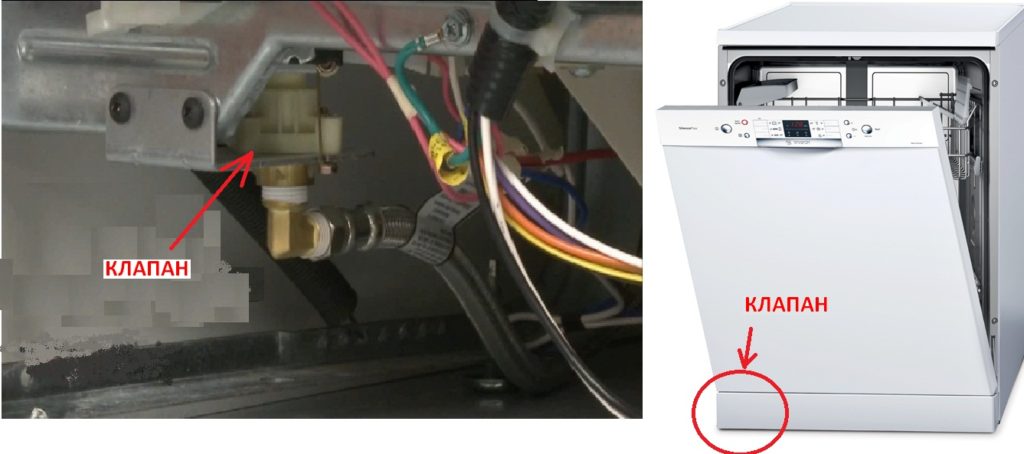
We unscrew the front decorative panel of the dishwasher and find the inlet hose, which is screwed to the valve. Let's do the following.
- We turn off the water and unscrew the hose, and then the valve itself.
- Take a multimeter and set the toggle switch to the minimum Ohm value.
- We connect the multimeter probes to the contacts of the filler valve.
- If the multimeter shows a value from 500 to 1500, the valve is working; if 300 or less, the valve must be replaced.
- If the valve's electrics are OK, but it still doesn't work, check to see if the float switch is clogged with dirt - this often happens.
- Having corrected or replaced the valve, screw it into place along with the hose and turn on the water.
For your information! The valve can be cleaned of dirt by soaking it in alcohol.
Problems with water circulation and product intake
Water may fill normally into the dishwasher, but this does not mean it will come into contact with the dishes. In order for powerful jets of water to hit plates, glasses, forks and other utensils, it is necessary that the circulation pump works properly.It is thanks to him that water under pressure enters the rocker arm, and through its small holes rushes onto the dishes, knocking dirt off them. If the circulation pump stops working, a big problem arises in which the machine does not wash the dishes.
What we can do? First of all, we must get to the circulation pump.
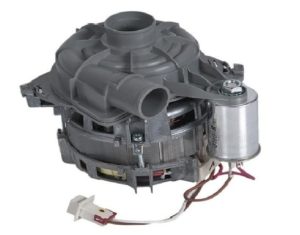
- We disconnect the dishwasher from the electricity, unscrew the hoses and pull it out of the niche in which it was built.
- We spread several rags on the floor to absorb water from the machine.
- We put the washing machine on rags with the back wall down, we need to get to the pan.
- We disconnect the front decorative panel, and then all the wires connecting the tray and the main body.
- Pull the pan towards you and remove it; in the very center there will be a circulation pump.
- We check its contacts with a multimeter in the same way as described above, but if the winding is broken, then it will be difficult to do anything - you will have to change it.
Important! The dishwasher circulation pump is a rather expensive element, so to avoid risks, entrust its diagnosis to a professional.
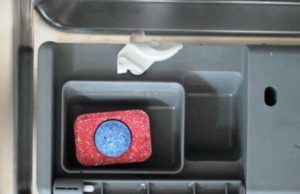
Quite often, the quality of dishwashing deteriorates sharply due to the fact that the machine cannot remove the product from the cuvette. This problem may arise not through the fault of the user, but through the fault of the manufacturer. Often, on Chinese-made machines, the tablet compartment valves are not adjusted as needed. Hot water causes the plastic to expand and the valve to jam. As a result, the tablet does not dissolve and the dishes are difficult to wash. To solve the problem, you can either replace the detergent compartment or adjust the edges of the valve using fine sandpaper.
Broken impeller or heating element
All modern dishwashers are equipped with temperature sensors, but older dishwashers did not have this element. If you have just such a machine, then keep in mind that if the heating element fails, it will not give an error, but will continue to wash the dishes with cold water. The problem is solved by replacing the heating element.
Also, the dishwasher will stop washing dishes if its arm breaks. If the rotating rocker touches any object (positioned incorrectly in the dishwasher tank), it may fly off or even burst, because it is made of flimsy plastic. The rocker arm cannot be repaired, especially if the fastening is broken, it needs to be replaced.
In conclusion, we note that if the dishwasher refuses to perform its main function - washing dishes, then this means that you need to immediately start looking for the cause of such a “disgrace”. There are several main reasons and we tried to talk about all of them at least a little. Happy renovation!
Interesting:
1 reader comment



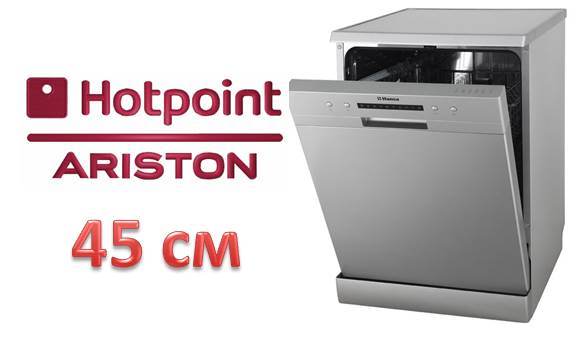


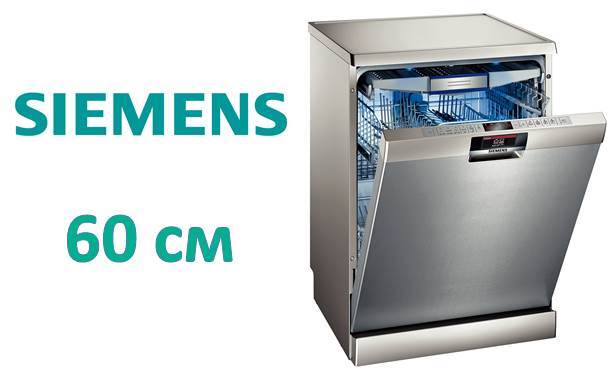














Let's train.